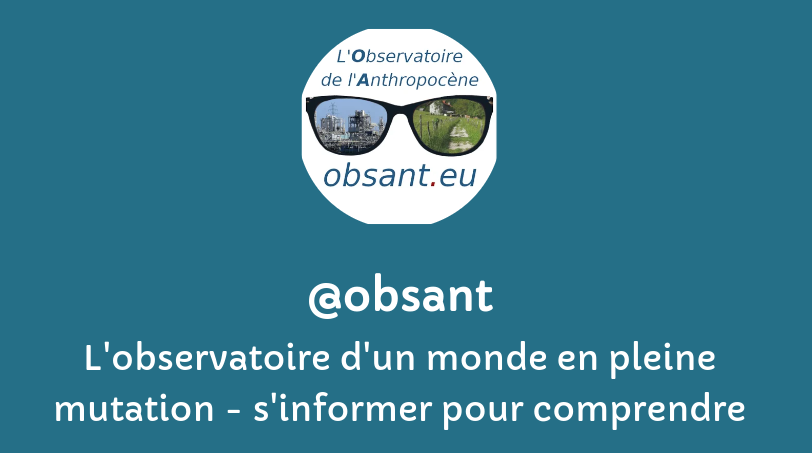Recherche : Articles ![]() Audio – podcast
Audio – podcast ![]() Fiches
Fiches ![]() Livres
Livres ![]() Sites
Sites ![]() Vidéos
Vidéos ![]() retour Veille
retour Veille
Uniquement les fiches et Documents
Pour voir les références d’un(e) auteur(e), cliquez sur son nom. Pour revenir à la page, utilisez le bouton refresh ci-dessous.
Cela fonctionne également avec les mot-clés de chaque référence.
filtre:
will
Une boîte à outils pour atterrir - Outil pédagogique
Prudent risk management requires consideration of bad-to-worst-case scenarios. Yet, for climate change, such potential futures are poorly understood. Could anthropogenic climate change result in worldwide societal collapse or even eventual human extinction? At present, this is a dangerously underexplored topic. Yet there are ample reasons to suspect that climate change could result in a global catastrophe...
Emerging ice-sheet modeling suggests once initiated, retreat of the Antarctic Ice Sheet (AIS) can continue for centuries. Unfortunately, the short observational record cannot resolve the tipping points, rate of change, and timescale of responses. Iceberg-rafted debris data from Iceberg Alley identify eight retreat phases after the Last Glacial Maximum that each destabilized the AIS within a decade, contributing to global sea-level rise for centuries to a millennium, which subsequently re-stabilized equally rapidly.
As a leading climate scientist, Paola Arias doesn’t need to look far to see the world changing. Shifting rain patterns threaten water supplies in her home city of Medellín, Colombia, while rising sea levels endanger the country’s coastline. She isn’t confident that international leaders will slow global warming or that her own government can handle the expected fallout, such as mass migrations and civil unrest over rising inequality. With such an uncertain future, she thought hard several years ago about whether to have children.
Scientists are hopeful that the National Ignition Facility’s recent success will advance understanding of thermonuclear reactions.
Plants should be flourishing in these ocean waters with plenty of nutrients and inorganic carbon in the form carbonic acid. It could be possible the phytoplankton are missing key nutrients such as ferric, but why should this be happening now?
The growing threat of abrupt and irreversible climate changes must compel political and economic action on emissions.
Plastics in the marine environment have become a major concern because of their persistence at sea, and adverse consequences to marine life and potentially human health. Implementing mitigation strategies requires an understanding and quantification of marine plastic sources, taking spatial and temporal variability into account. Here we present a global model of plastic inputs from rivers into oceans based on waste management, population density and hydrological information. Our model is calibrated against measurements available in the literature. We estimate that between 1.15 and 2.41 million tonnes of plastic waste currently enters the ocean every year from rivers, with over 74% of emissions occurring between May and October. The top 20 polluting rivers, mostly located in Asia, account for 67% of the global total. The findings of this study provide baseline data for ocean plastic mass balance exercises, and assist in prioritizing future plastic debris monitoring and mitigation strategies. Rivers provide a m
The centerpiece of the early anthropogenic hypothesis is the claim that humans took control of greenhouse-gas trends thousands of years ago because of emissions from early agriculture ( [32] and [33]). A common reaction to this claim is that too few people lived thousands of years ago to have had a major effect on either land use or greenhouse-gas concentrations.
club of Rome
![]()



